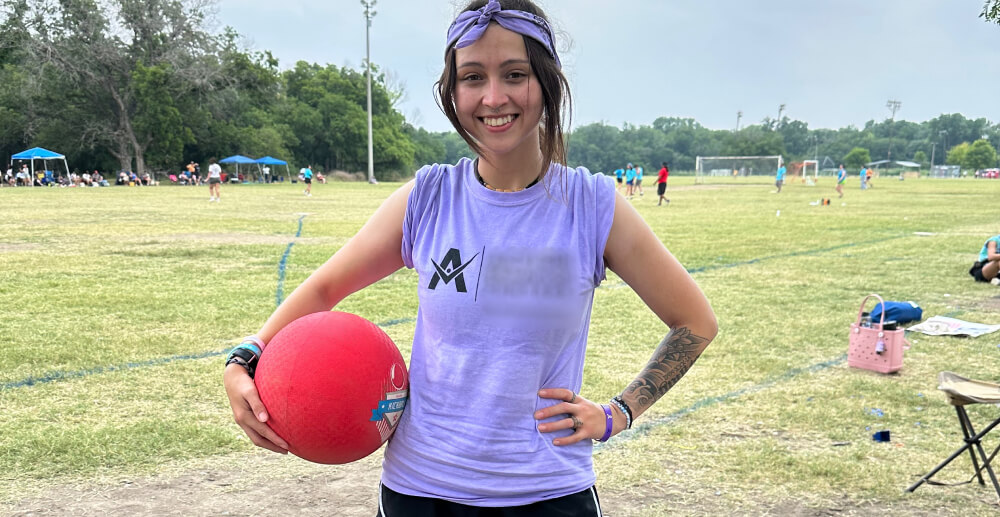According to the US Department of Veteran Affairs, approximately 8 million people live in the United States with Post Traumatic Stress Disorder (PTSD).
Unfortunately, just like substance use disorder, not all people with PTSD get the help they need. That’s why PTSD Awareness Day and PTSD Awareness Month helps to recognize the impact on the lives of those who are affected by the condition and promote effective treatments available that ultimately improve their quality of life.
The United States Senate has designated the whole month of June as PTSD Awareness Month, and the National Center for Post Traumatic Stress Disorder has designated 27 June as PTSD Awareness Day.
The US Senate established PTSD Awareness Day in 2010 by former Sen. Kent Conrad’s efforts to designate a day of awareness as a tribute to Army Staff Sgt. Joe Biel of the North Dakota National Guard. Biel suffered from PTSD and tragically took his life in April 2007 after returning to North Dakota following his second tour of duty in the Iraq War.
What is PTSD?
The Substance Abuse and Mental Health Services Administration defines PTSD as the development of debilitating symptoms following exposure to a traumatic or dangerous event.
According to the US Department of Veteran Affairs, 60 percent of men and 50 percent of women experience at least one trauma in their lives. Men are more likely to experience physical assault or witness a death or injury. Women are more likely to experience sexual assault or sexual abuse.
The National Institute of Mental Health (NIMH) states that while it is natural to feel frightened during and after a traumatic situation — triggering the body’s fight or flight response — most people recover naturally. However, those who continue to experience a number of symptoms may be diagnosed with PTSD.
Signs and symptoms of PTSD
NIMH reports that the symptoms of PTSD can occur within three months of a traumatic incident and must last for one month or longer and impact a person’s day-to-day life.
Symptoms of PTSD include:
- Re-experiencing: PTSD can result in the person experiencing flashbacks, bad dreams, persistent and frightening thoughts. Even certain objects, words, or situations can lead a person to relive the traumatic event again-and-again
- Avoidance: People with PTSD may avoid certain places, people, events, objects, and even thoughts and feelings related to the traumatic event
- Brain and mood: Those with PTSD may experience difficulty with memory about the traumatic event, they may lose interest in enjoyable activities, have distorted feelings of guilt or blame, and have negative feelings towards themselves or others/the world
- Arousal and reactivity: Those experiencing PTSD may have difficulty sleeping, have angry outbursts, are easily startled, and feel tense or “on edge”
If these symptoms persist for more than a month and impact a person’s ability to function, NIMH advises that they may have PTSD.
People with PTSD often also experience anxiety, depression, and substance misuse. For more detailed information about PTSD symptoms, including a screening questionnaire, you can download this booklet from the National Center for PTSD.
How common is PTSD?
According to the National Center for PTSD, about 8 million adults have PTSD during a given year, and this is only a small portion of those who have gone through a traumatic event.
About 7 or 8 out of every 100 people will experience PTSD at some point in their lives, and around 10 of every 100 women develop PTSD sometime in their lives compared with about 4 of every 100 men.
Please note that not everyone who experiences a traumatic event will develop PTSD, and not everyone experiencing PTSD will be a veteran — it impacts everyday people and especially children. However, there are some factors, including:
- Dealing with an increase in stress after a tragic event, like a death, injury, or loss
- Having a history of mental illness or substance use disorder
- Getting hurt
- Experiencing traumatic events
- Adverse Childhood Experiences
- Having limited support after a traumatic experience
- Watching another person experience a traumatic event
How to treat PTSD
According to the American Psychological Association, the length and type of treatment will vary from one individual to another. Treatment should be matched to the individual nature and circumstances of the person requiring treatment. And the treatment timeline might be revised throughout the treatment process depending on how the person progresses. What is important is that the person is given sufficient time to recover and adequate support.
Some examples of treatment for PTSD include: trauma-focused psychotherapies, Prolonged Exposure Therapy, Cognitive Processing Therapy, Eye Movement Desensitization and Reprocessing, and medication.
The National Center of PTSD has more information about these treatments here.
How can we support PTSD awareness?
You can start raising awareness by a number of key activities aimed to educate, promote PTSD awareness, and support those who experience PTSD. Some actions that the National Center of PTSD and NIMH have highlighted include:
- Observe PTSD Awareness Day/Awareness Month by promoting the month of activities
- Take a PTSD Awareness Pledge
- Partner with the National Center for PTSD
- Learn more about PTSD and treatment options at the National Institute of Mental Health, The American Psychological Association, and the National Center for PTSD where you can find a booklet, videos, and free continuing education courses for free.
- Share your stories of experiencing PTSD in a blog post or Make the Connection campaign
- Watch videos of veterans sharing their stories of PTSD and treatment via the VA program About Face
- Use the hashtag #NationalPTSDAwarenessDay/Month and share on social media
- Make yourself aware of organizations and resources available to help individuals with PTSD, such as the American Psychological Association
- Ask your local governor, mayor, or state official to declare June as PTSD Awareness Month by signing a proclamation
- Work with other organizations who support PTSD Awareness — you can find a list here
- Get support from:
- The National Suicide Prevention Lifeline 1-800-273-8255
- The Veterans Crisis Line 1-800-273-8255
- Find a therapist
- Questions to ask a health professional
- Sleep resources from the American Psychological Association
- Provide resources to veterans
- Help family and friends find resources
- Access self-help and coping resources
- Providers who can access clinical practice guidelines
- Child trauma resources at the National Child Traumatic Stress Network








